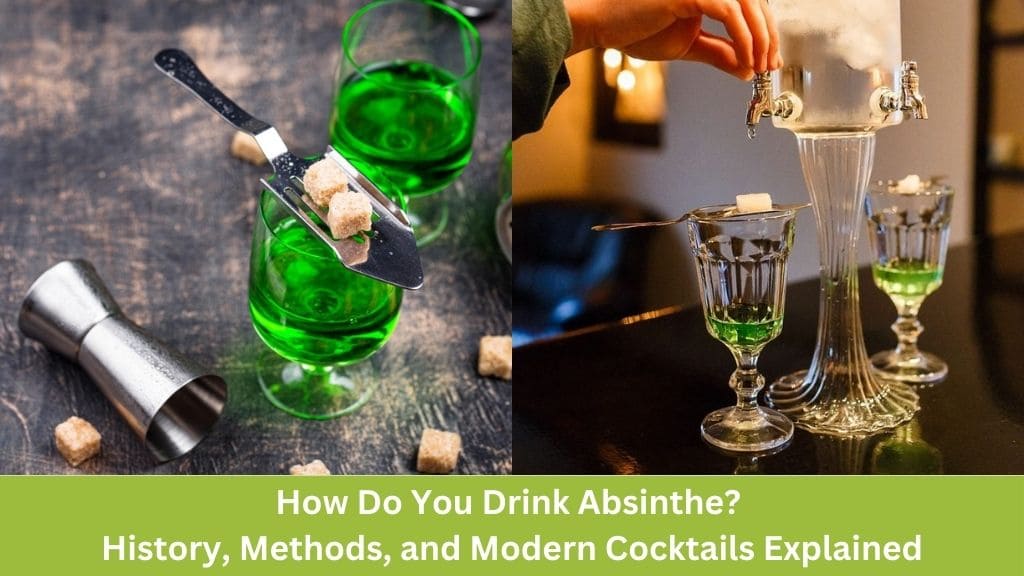Absinthe, often referred to as “The Green Fairy,” is one of the most enigmatic and storied spirits in the world. With its high alcohol content, distinctive flavor, and colorful history, absinthe has captivated drinkers for centuries. This article will delve into the history, myths, and various methods of enjoying absinthe.
Absinthe is a potent, herbal spirit traditionally made from a variety of botanicals, including wormwood, anise, and fennel. With alcohol content ranging from 50% to 80%, absinthe is known for its intense flavor and strength. Its green hue and mythical reputation have contributed to its allure and mystique over the years.
History of Absinthe

Absinthe, a highly alcoholic beverage known for its vibrant green hue, has a storied and tumultuous history. Its origins can be traced back to the late 18th century when a French doctor named Dr. Pierre Ordinaire fled the turmoil of the French Revolution to settle in Couvet, Switzerland. There, he adapted a local herbal remedy into what would become absinthe. After his death, the secret recipe was passed on and eventually came into the hands of Henri-Louis Pernod, who opened a distillery in Couvet and later expanded into Pontarlier, France. By the early 19th century, Pernod was producing large quantities of absinthe, capitalizing on its growing popularity.
Absinthe’s rise to prominence was swift. It gained widespread acclaim in the 19th century, particularly among French soldiers stationed in Algeria, who used it as an anti-malarial treatment and brought their taste for the potent spirit back home. The drink, often referred to as “la Fée Verte” or “the Green Fairy,” became a staple of French culture. By the 1860s, absinthe was a fixture in Parisian cafes, consumed during “l’Heure Verte” or “the Green Hour,” the precursor to modern happy hours. Its appeal spanned social classes, from the working class to the bourgeoisie, and it became especially popular among artists and writers.
The list of absinthe’s famous devotees reads like a who’s who of 19th-century cultural icons. Poets like Arthur Rimbaud and Paul Verlaine, artists such as Vincent van Gogh and Pablo Picasso, and writers like Oscar Wilde and Ernest Hemingway were all known to indulge in absinthe. The drink was celebrated for its reputed ability to inspire creativity, though it was also blamed for inducing madness. Stories of absinthe-induced exploits, such as Verlaine shooting Rimbaud in a fit of drunken rage, only fueled its mystique.
However, absinthe’s allure came with controversy. Its high alcohol content and rumored hallucinogenic effects made it a scapegoat for various societal problems, from epilepsy and tuberculosis to crime and moral decay. A notable incident in 1905, when a Swiss man killed his family after drinking absinthe, sparked public outrage and led to widespread bans. By the early 20th century, absinthe was prohibited in many countries, including Belgium, Brazil, the Netherlands, Switzerland, the United States, and eventually France in 1915.
Despite its fall from grace, absinthe was not forgotten. Decades later, with changing attitudes and better understanding of its effects, absinthe experienced a revival. Modern regulations have allowed for its production and sale once more, sparking renewed interest in its historical and cultural significance. Today, absinthe is appreciated both for its rich history and its unique place in the pantheon of spirits, reclaiming its status as a symbol of artistic inspiration and bohemian decadence.
Absinthe Myths and Misconceptions
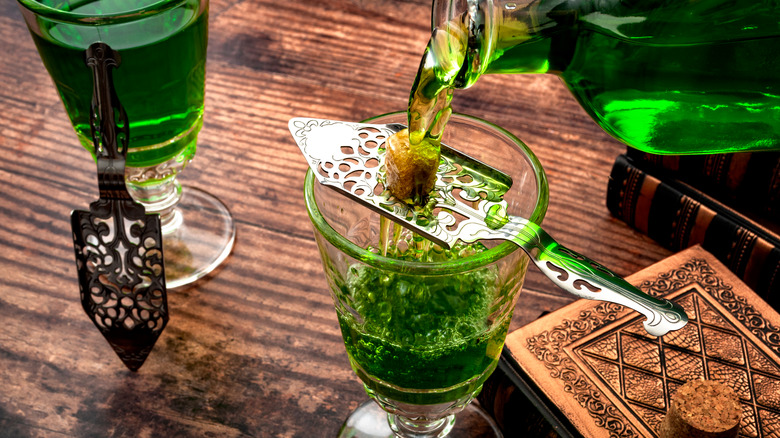
Hallucinations
One of the most pervasive myths about absinthe is that it causes hallucinations. This misconception likely stems from the presence of thujone, a compound found in wormwood. However, modern research has shown that the levels of thujone in absinthe are too low to cause any psychoactive effects. The supposed hallucinations were more likely due to the high alcohol content and adulterants used in low-quality absinthes of the past.
Madness and Violence
Absinthe was also blamed for causing madness and violent behavior, particularly during the early 20th century. This was largely a result of sensationalized media reports and social stigmas. In reality, the issues were more closely related to alcohol abuse in general rather than absinthe specifically.
Legality of Absinthe
Due to the myths and misconceptions surrounding absinthe, it was banned in many countries in the early 20th century. However, with the advancement of scientific understanding and regulation, absinthe has seen a resurgence. Today, it is legal in many countries within the European Union and the United States, albeit with strict regulations regarding thujone content.
Traditional Absinthe Preparation Methods
Absinthe can be enjoyed in various ways, but traditional preparation methods remain the most popular. The two most renowned methods are the French and Czech methods.
French Method
The French method, also known as the classic method, involves diluting absinthe with cold water and sugar. Here’s how to do it:
- Select Your Glass: Use a specially designed absinthe glass or any glass with a wide rim.
- Pour the Absinthe: Measure about 1 ounce (30 ml) of absinthe into the glass.
- Place the Spoon: Place an absinthe spoon (a slotted or perforated spoon) across the rim of the glass.
- Add the Sugar Cube: Place a sugar cube on the spoon.
- Drip Cold Water: Slowly drip cold water over the sugar cube. An absinthe fountain is traditionally used for this purpose, but a carafe or water bottle will work as well. The ratio of water to absinthe should be about 3:1 or 4:1.
- Stir and Enjoy: Once the sugar has dissolved, stir the mixture gently and enjoy your absinthe.
Czech Method
The Czech method, also known as the Bohemian method, involves lighting the sugar on fire. This method is more theatrical and less traditional but has its own charm:
- Pour the Absinthe: Measure about 1 ounce (30 ml) of absinthe into the glass.
- Soak the Sugar Cube: Place a sugar cube on the absinthe spoon and soak it with a small amount of absinthe.
- Ignite the Sugar: Light the sugar cube on fire and let it caramelize.
- Drip Cold Water: Once the flame goes out, drip cold water over the sugar cube, allowing it to dissolve into the absinthe.
- Stir and Enjoy: Stir the mixture gently and enjoy your absinthe.
Modern Absinthe Cocktails
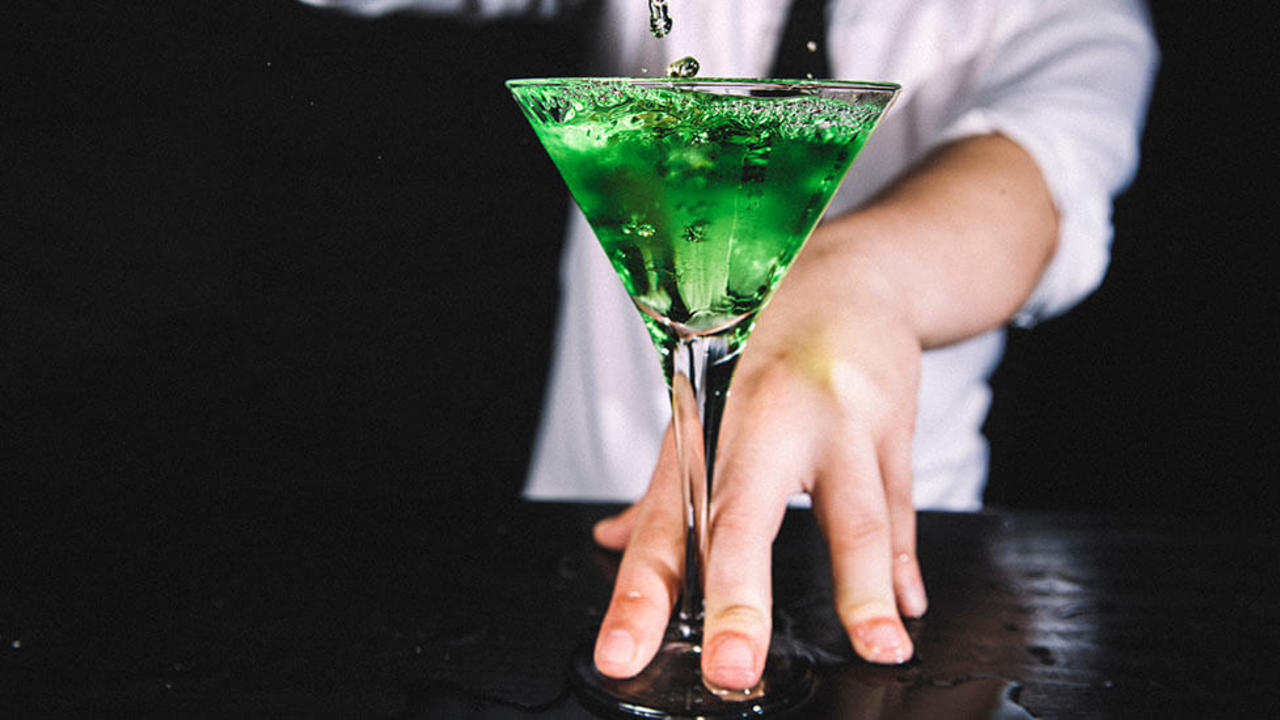
In addition to traditional methods, absinthe can be a key ingredient in a variety of modern cocktails. Here are three popular recipes:
Green Beast
The Green Beast is a refreshing cocktail that highlights absinthe’s unique flavor profile:
Ingredients:
- 1 oz (30 ml) absinthe
- 1 oz (30 ml) water
- 1/2 oz (15 ml) fresh lemon juice
- 1/3 oz (10 ml) simple syrup
- 3 slices of cucumber
Instructions:
- Muddle the cucumber slices in a mixing glass.
- Add the absinthe, water, lemon juice, and simple syrup.
- Fill the mixing glass with ice and stir well.
- Strain the mixture into a chilled glass and garnish with cucumber slices.
Absinthe Spider

The Absinthe Spider is a long, refreshing drink with a hint of spice:
Ingredients:
- 1/2 oz (15 ml) absinthe
- 2 dashes Angostura bitters
- Ginger ale
- Ice
- Cucumber peel or lime twist for garnish
Instructions:
- Fill a highball glass with ice.
- Add the absinthe and bitters.
- Top up with ginger ale.
- Garnish with cucumber peel or a lime twist.
Sazerac
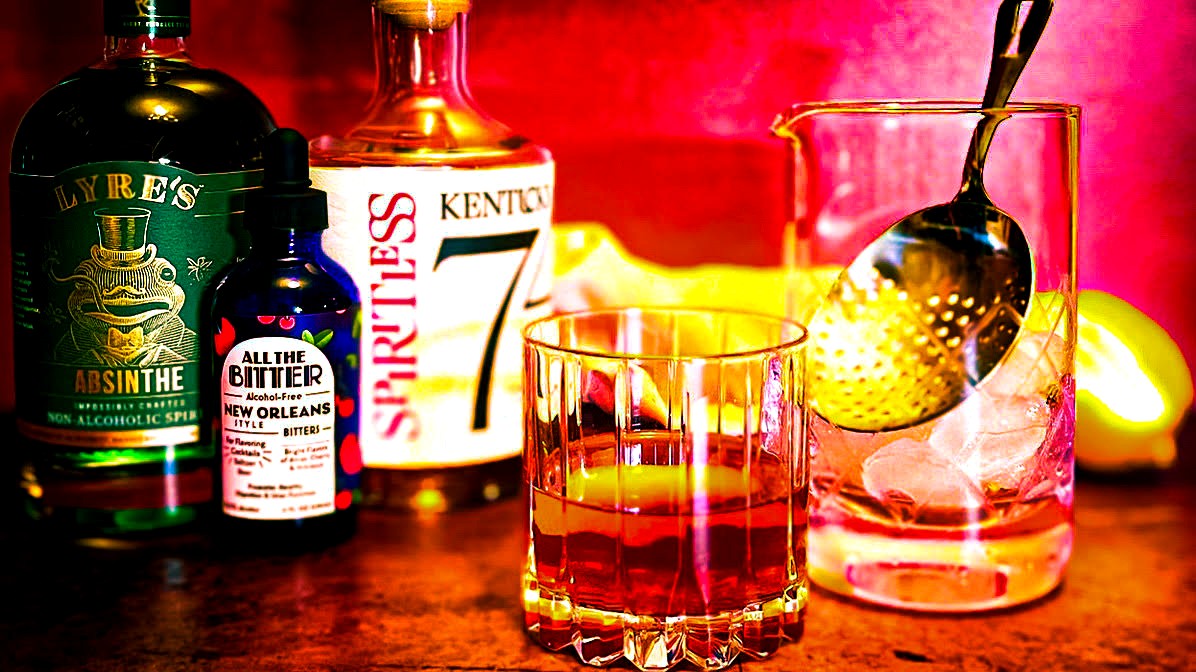
The Sazerac is a classic cocktail that incorporates absinthe as a key flavoring component:
Ingredients:
- 1 sugar cube
- 4 dashes Peychaud’s bitters
- 2 oz (60 ml) rye whiskey or brandy
- Absinthe
- Lemon peel for garnish
Instructions:
- Muddle the sugar cube and bitters in a mixing glass.
- Add the rye whiskey or brandy and ice, then stir well.
- Rinse a chilled glass with absinthe and discard the excess.
- Strain the cocktail into the prepared glass.
- Garnish with a lemon peel.
Choosing the Right Absinthe
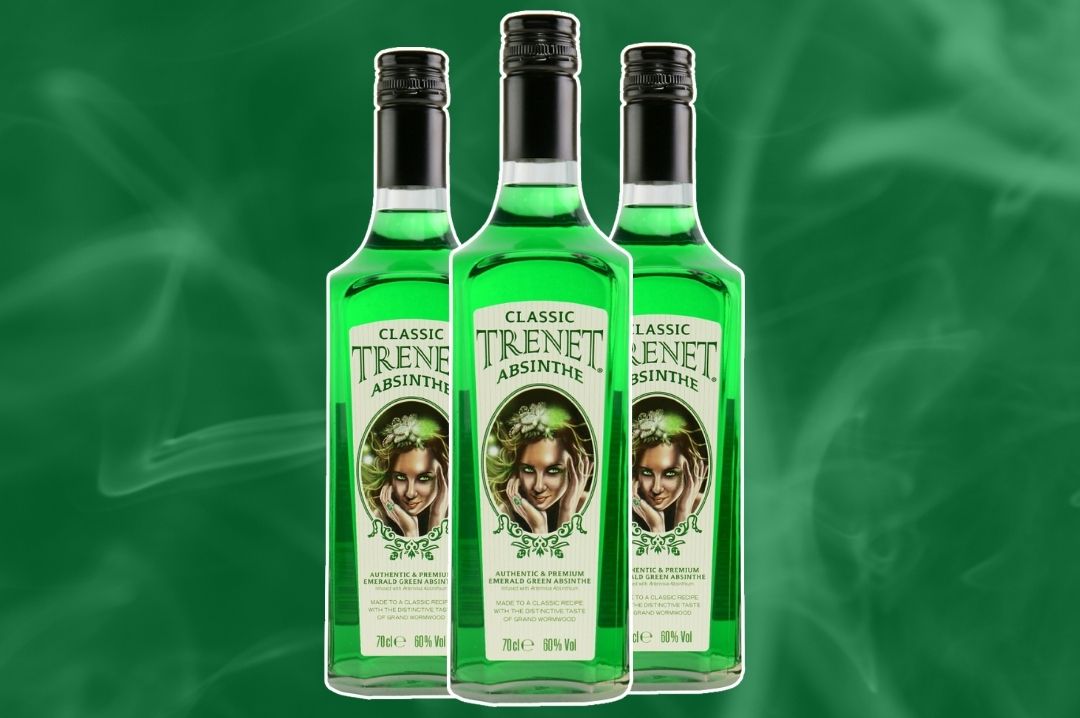
When selecting an absinthe, consider the following factors to ensure a high-quality experience:
Color
Traditional absinthe is green due to the chlorophyll from the herbs used in its production. However, clear and other colored absinthes are also available. Choose based on personal preference and authenticity.
Alcohol Content
Absinthe ranges from 50% to 80% alcohol by volume (ABV). Higher ABV absinthes are typically more intense in flavor and potency. Start with a lower ABV if you are new to absinthe.
Ingredients
Look for absinthe made with real wormwood (Artemisia absinthium), anise, and fennel. Avoid brands with artificial colors and flavors.
Storing and Serving Absinthe
Storage
Store absinthe in a cool, dark place away from direct sunlight. This helps preserve its flavor and color. Keep the bottle tightly sealed to prevent oxidation.
Serving Temperature
Absinthe is best served chilled. For traditional methods, use ice-cold water. For cocktails, ensure all ingredients and glassware are well-chilled.
Conclusion
Absinthe is a fascinating spirit with a rich history and a variety of ways to enjoy it. Whether you prefer the traditional French or Czech methods, or modern cocktails, there’s an absinthe experience for everyone. By understanding its background, debunking myths, and following proper preparation techniques, you can appreciate the allure of absinthe responsibly. Cheers to discovering the Green Fairy!
I’m Chen Mina, from Vol de Nuit, who has a special passion for bartending, especially mixing wine, beer, and cooktail. Here you will find content about alcoholic beverages, I will bring you knowledge that few people know about this drink.

